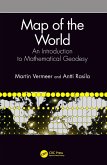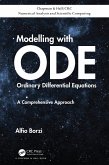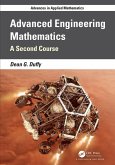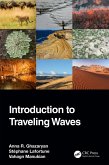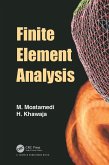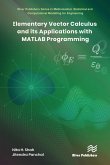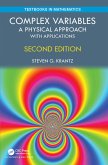Dieser Download kann aus rechtlichen Gründen nur mit Rechnungsadresse in A, B, BG, CY, CZ, D, DK, EW, E, FIN, F, GR, HR, H, IRL, I, LT, L, LR, M, NL, PL, P, R, S, SLO, SK ausgeliefert werden.
-Midwest Book Review
"This is a textbook covering mathematics applied to geodesy: the measuring and mapping of our ellipsoid spheroid earth that includes an overview of earth measurement and mapping back to remote times. The mathematics of describing the Earth through maps and geospatial data is covered from underpinnings to application. [. . .] This textbook, including some exercises (without solutions), is aimed at students and practitioners in geodesy, land surveying, and geospatial science. It is easy to see this as a reference work. [. . .] this is a concise review of the theory and development of coordinate reference systems."
-Tom Schulte, MAA Reviews
". . .(T)his text, by a geodesist (Vermeer) and a mathematician (Rasila), focuses primarily on the mathematics enabling map projections, coordinate systems, and transformation of three-dimensional coordinate representations, ranging from Euclidean to Reimannian geometries. Although the geometry is beyond what most geography students would need to address, the detailed mathematics offers a bridge for integration of collaborative teaching appropriate for upper-level mathematics and physics students, with applications to both cartography and geophysics. Each chapter concludes with exercises that provide an opportunity for learning the explicit mathematics behind the calculation presented. Interesting historical anecdotes about mathematicians and the evolution of geodesy are also included throughout. Students and readers of mathematics and geophysics as well as scientists working in the interdisciplinary area of geodesy will appreciate this book."
- Choice Review, C. A. Badurek, SUNY Cortland



